From its humble beginnings as a Dutch trading outpost, old New York has blossomed into a global powerhouse, its history etched into the very fabric of the city. Iconic landmarks like Federal Hall stand as testaments to the pivotal role it played in shaping the United States, hosting the inauguration of George Washington. Delving deeper, one uncovers the stories of influential figures who left an indelible mark on the financial landscape and the city’s rich, multicultural heritage. Exploring the past of this dynamic metropolis reveals a tapestry of triumphs, struggles, and the enduring spirit that has made New York the inimitable city it is today.
Key Points
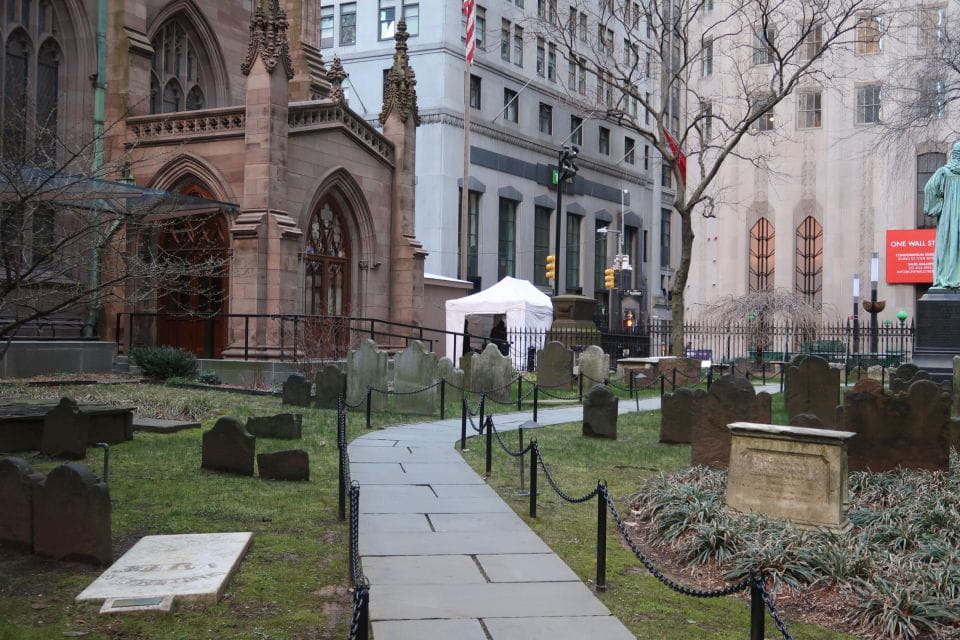
- New York City originated as a Dutch trading post in the early 17th century before transitioning into a thriving commercial hub and financial capital.
- First Federal Hall, erected in 1788, served as the meeting place for the first U.S. Congress and witnessed the ratification of the Bill of Rights.
- Figures like George Washington, Alexander Hamilton, and Thomas Jefferson left lasting legacies in shaping New York’s role during the nation’s founding.
- The stock market’s beginnings can be traced to the Buttonwood Agreement signed in 1792, establishing New York as a financial hub.
- New York City’s colonial past is reflected in its Dutch and English architectural influences, as well as its history of slavery and social movements.
From Dutch Trading Post to Global City
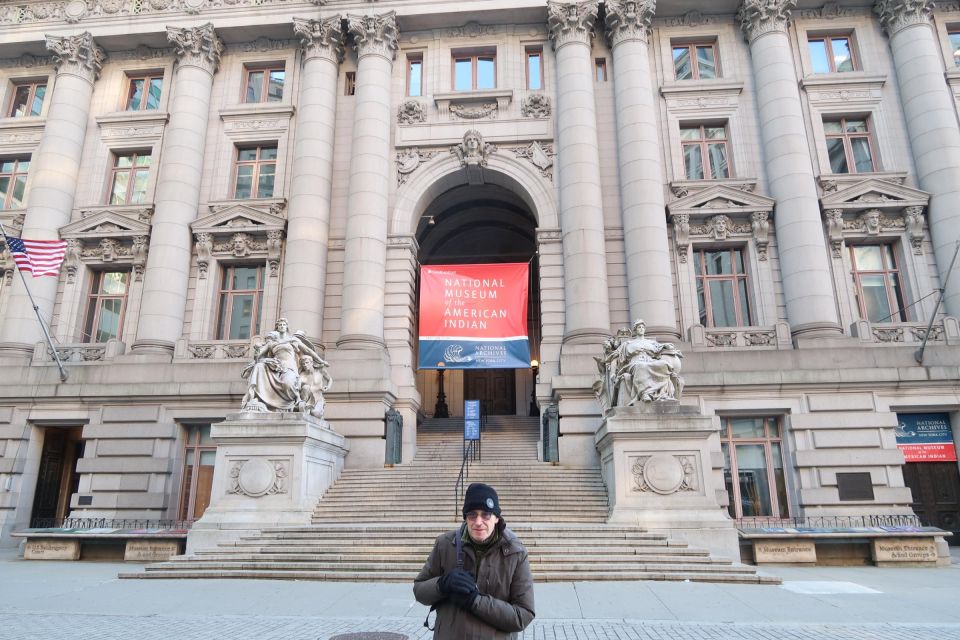
New York City’s origins can be traced back to a humble Dutch trading post established on the southern tip of Manhattan Island in the early 17th century, which would eventually blossom into one of the greatest and most influential cities in the world.
What began as a small outpost for the Dutch West India Company quickly grew into a thriving commercial hub, attracting settlers from around the world who sought new opportunities.
Over the next two centuries, New York would transform itself, transitioning from a colonial outpost to the financial and cultural capital of the United States, cementing its status as a global metropolis and a symbol of the American dream.
Fascinated by New York City's past? More historical tours we've covered
The First Federal Hall
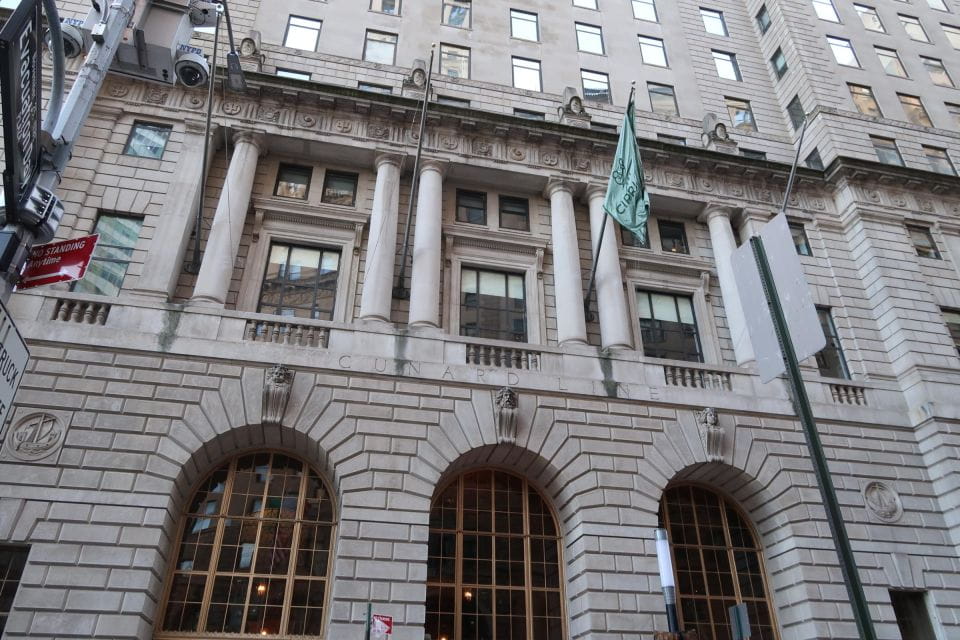
At the heart of New York City’s storied past stood the First Federal Hall, a symbol of the nation’s nascent government and the city’s central role in shaping the young republic. Erected in 1788 on the site of the former City Hall, this grand structure served as the meeting place for the first Congress of the United States, witnessing the ratification of the Bill of Rights and the inauguration of George Washington as the country’s first president.
The historic halls of the First Federal Hall echoed with the voices of the nation’s founding fathers, who debated the very foundations of the United States within its walls. This hallowed ground remains a testament to New York’s pivotal place in the birth of the American nation.
Key Historical Figures in NYC
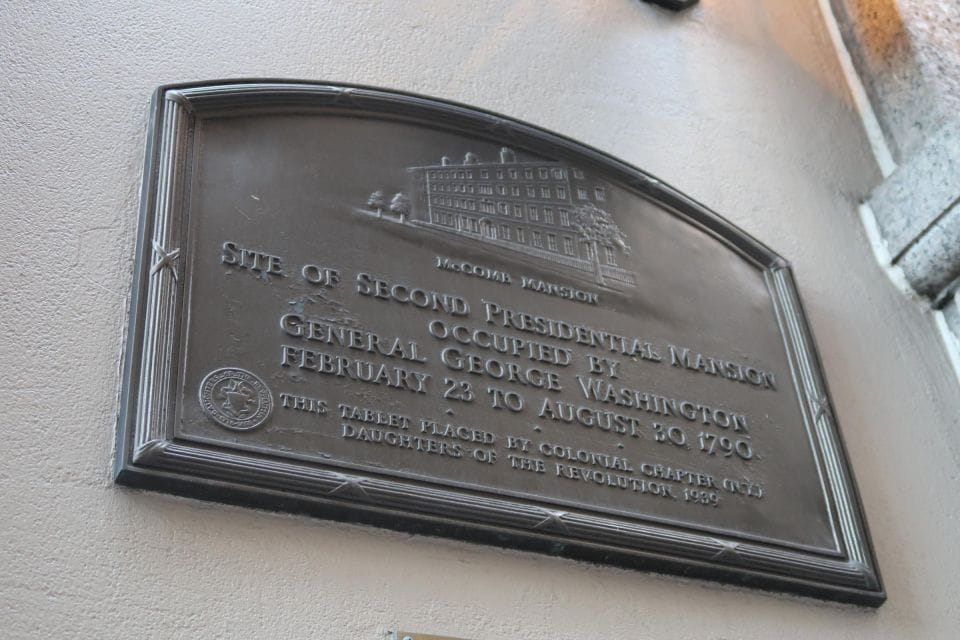
Amidst the hallowed halls of the First Federal Hall, where the nation’s founding fathers once debated the very foundations of the United States, a cast of key historical figures left an indelible mark on the development of New York City.
George Washington, the nation’s first president, oversaw the construction of the original Federal Hall and took his oath of office there.
Alexander Hamilton, the city’s most famous founding son, helped establish the nation’s financial system and the New York Stock Exchange.
Thomas Jefferson, the third president, left an enduring legacy as a champion of democracy and religious freedom.
These trailblazers’ imprint is woven into the very fabric of modern New York.
The Stock Market’s Beginnings
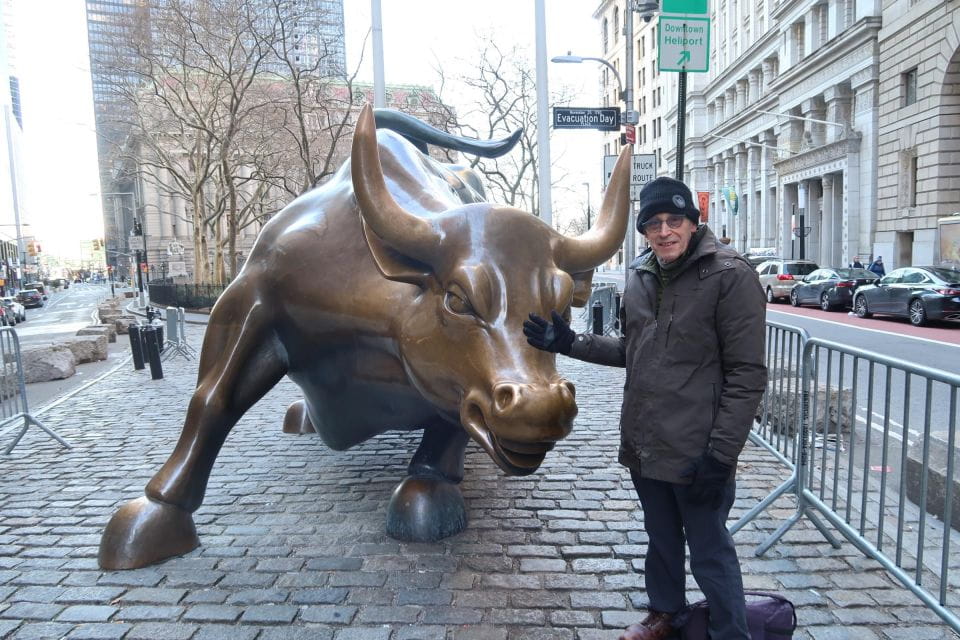
The origins of Wall Street’s famed stock market can be traced to a modest gathering beneath the sheltering boughs of a specific buttonwood tree, where a group of brokers and merchants convened to formalize their trading practices.
In 1792, these early financial pioneers penned the Buttonwood Agreement, laying the groundwork for what would become the New York Stock Exchange.
Driven by the burgeoning trade and commerce of the young nation, they sought to establish a centralized marketplace for securities and commodities.
This informal pact marked the humble beginnings of one of the world’s most influential financial hubs, a testament to the entrepreneurial spirit that helped shape the rise of New York City.
The Former Slave Market
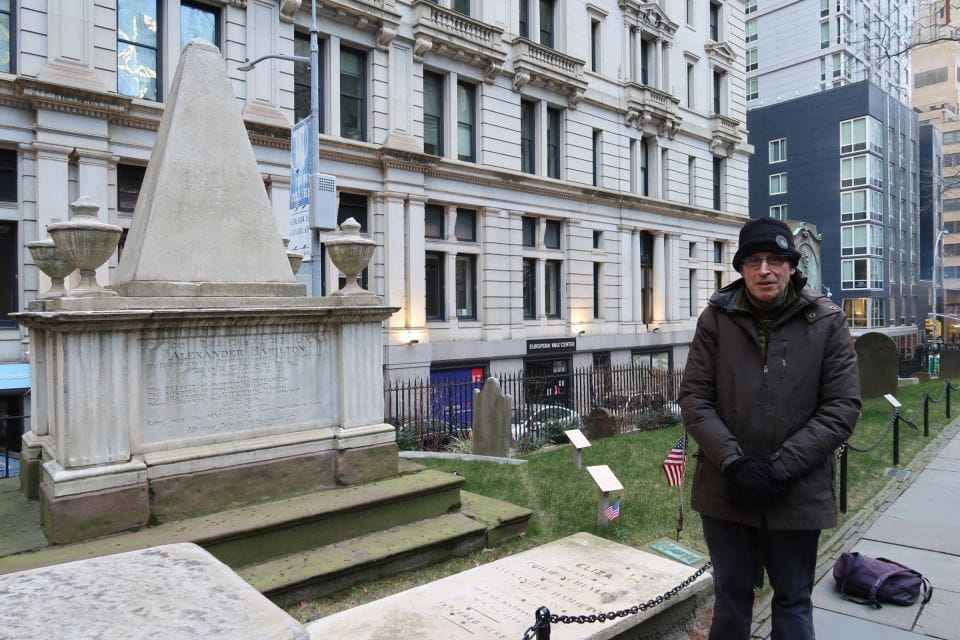
In the late 18th century, New York City housed one of the largest slave markets in the United States, with auctions taking place in the heart of the bustling downtown area. Enslaved individuals from Africa were forcibly brought to this notorious location, where they were bought and sold as commodities, their humanity stripped away in the name of profit and colonial expansion.
The site, which stood in the shadow of the burgeoning financial district, served as a grim reminder of the deeply entrenched institution of slavery that was intertwined with the city’s economic and social fabric.
Today, this dark chapter in New York’s history is a sobering testament to the ongoing struggle for human rights and the long road towards true equality.
Exploring Dutch and English Influences
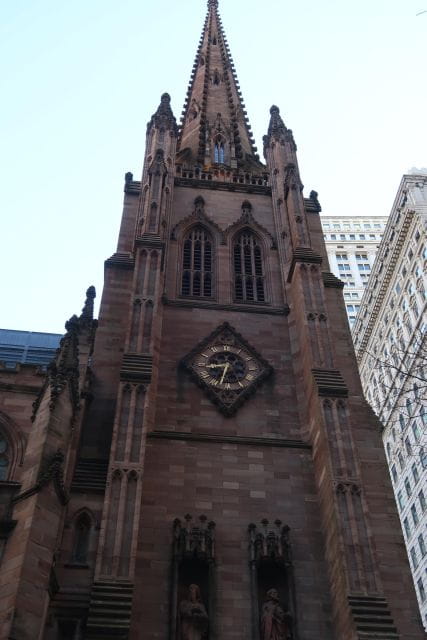
Layers of history unfold as visitors explore the traces of Dutch and English influences that have shaped the iconic streets of New York City. Cobblestone lanes and gabled roofs evoke the city’s colonial past, hinting at the diverse cultural forces that have converged to forge its unique identity.
Among the most prominent vestiges of these early settlements are:
- The charming architecture of Lower Manhattan, with its distinct blend of Dutch and English styles.
- The bustling Fulton Fish Market, a longstanding hub of commerce that harks back to the city’s maritime heritage.
- Battery Park, a picturesque waterfront green space that was once the site of a Dutch fort and trading post.
These tangible links to the past offer glimpses into the formative years of New York, an enduring testament to the city’s multicultural origins.
Hamilton’s Legacy in New York
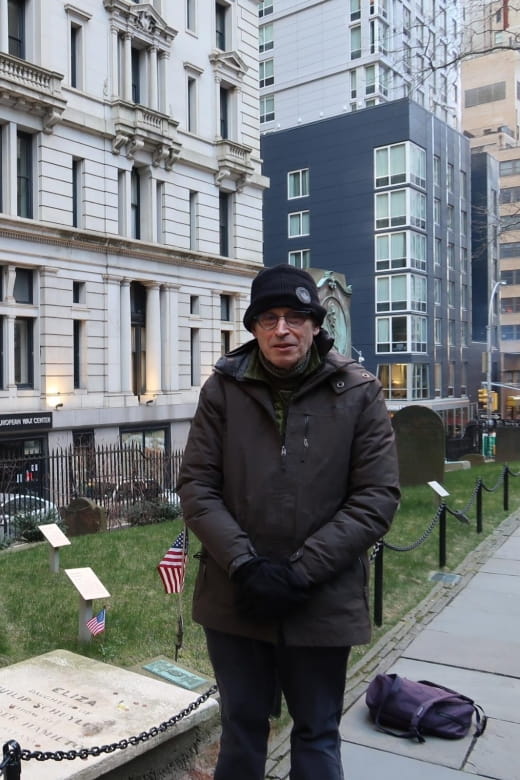
Examining Alexander Hamilton’s lasting impact on New York City, one can’t help but be struck by the enduring influence of this founding father’s vision and contributions.
Serving as the nation’s first Secretary of the Treasury, Hamilton’s fingerprints are indelibly etched across the fabric of the bustling metropolis, from its financial institutions to its formative role in the American Revolution.
The site of the nation’s first stock exchange and the headquarters of the U.S. Mint, New York bears the unmistakable mark of Hamilton’s economic acumen.
On top of that, his leadership during the Revolutionary War, including the famous duel in which he lost his life, cemented his legacy as a pivotal figure in shaping the city’s history.
Shaping Modern American Society
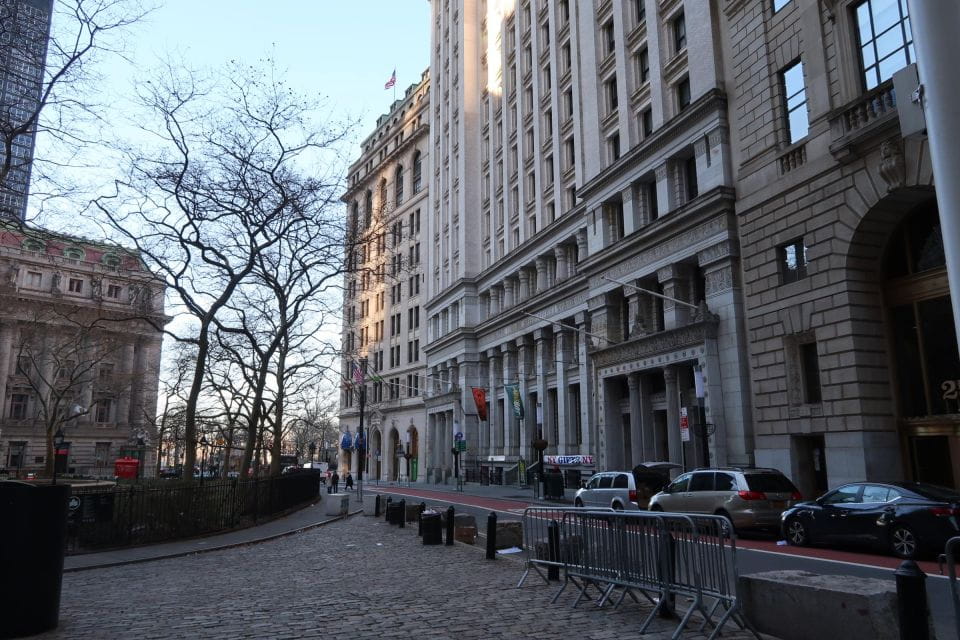
New York City’s influence on shaping modern American society is undeniable, as the metropolis has long served as a crucible for the nation’s cultural, economic, and political transformation.
From the hotel of the country’s first stock exchange on Wall Street to the centralization of immigrant communities that fostered groundbreaking innovations, the city’s history is deeply intertwined with the evolution of the United States.
Key examples of New York’s impact include:
- The rise of Wall Street as the financial epicenter of the nation.
- The influx of diverse immigrant populations that enriched the cultural fabric.
- The city’s role as a hub for social movements and political activism.
Ultimately, New York’s enduring status as a global powerhouse has profoundly shaped the trajectory of modern America.
Frequently Asked Questions
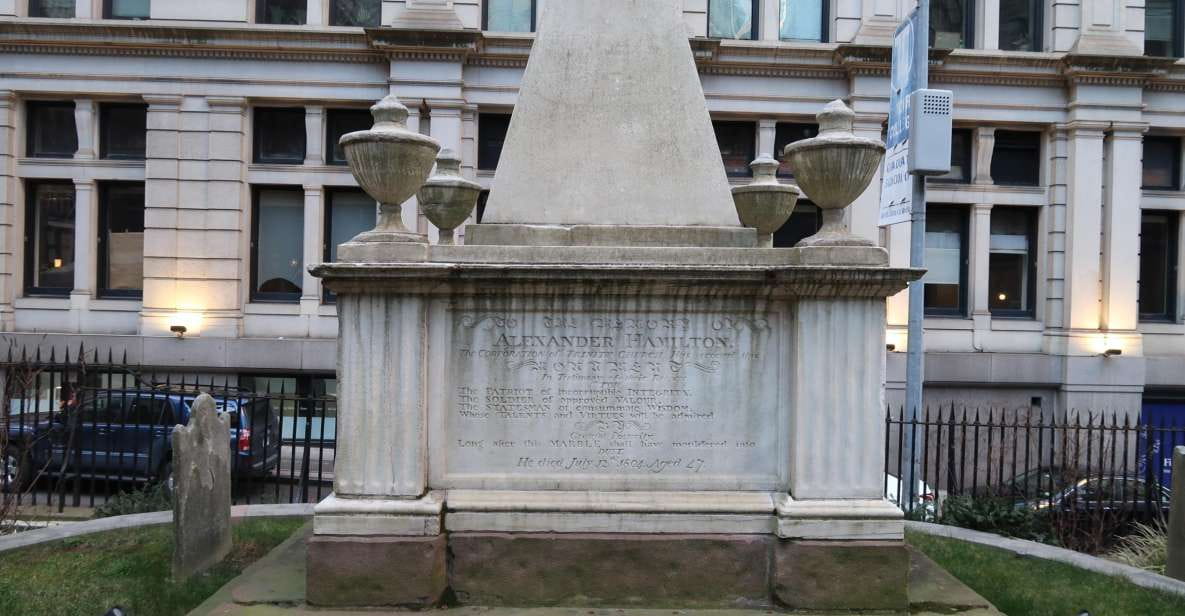
Is the Tour Offered in Languages Other Than English?
The tour is currently offered in English only. The website does not mention any other language options for this particular walking tour of historical New York City sites and landmarks. Guests who don’t speak English may want to inquire about translation services.
What Is the Minimum/Maximum Group Size for the Tour?
The tour does not specify a minimum or maximum group size. Participants can book individually or in a group, allowing for a flexible and personalized experience exploring New York City’s rich history with the live English-speaking guide.
Are There Any Discounts Available for Students or Seniors?
Yes, the tour provider offers discounted rates for students and seniors. They can save up to 15% off the regular tour price by showing valid identification upon check-in.
Can I Customize the Tour to Focus on Specific Historical Aspects?
Yes, the tour allows customization to focus on specific historical aspects. Guests can work with the guide to tailor the experience and dive deeper into areas of personal interest, like Alexander Hamilton’s role or the city’s Dutch and English colonial history.
Are There Any Additional Fees for Entrance to Museums or Attractions?
The tour price includes admission to all museums and attractions along the route, so there are no additional fees. Participants can fully enjoy the historical sights and landmarks without having to pay extra.
Recap
The history of old New York captures the city’s remarkable transformation from a Dutch trading post to a global commercial powerhouse.
Its landmarks, like Federal Hall, symbolize the nation’s founding, while influential figures like Alexander Hamilton left an indelible mark on the financial landscape.
New York’s colonial architecture reflects its rich, multicultural heritage, cementing its role in shaping the course of modern American society.
More Historical Tours in New York City
- WWII and American War History Private Tour
- NYC: Night Out Prohibition History Bar and Speakeasy Tour
- NYC: History of Slavery & Underground Railroad Walking Tour
- NYC: Radical and Weird History Bike Tour of Manhattan
- Mafia History Walking Tour in Little Italy, New York City
- Slavery and African American History Private Tour in NYC
More Tour Reviews in New York City
Not for you? Here's more things to do in New York City we have recnetly reviewed
- NYC: Brooklyn Walking Tour, Ferry, Pizza & Iconic Bridge
- CENTRAL PARK TOUR,Central park sightseeing tours.Flexible Tours
- Central Park Pedicab Rides
- New York Tours and New York City Sightseeing Tours.Flexible Tours
- 9/11 Memorial & Museum Ticket & In-app Audio Tour
- Sugar-Hill North Walking Tour
- Manhattan: Shared Transfer to or From Laguardia Airport
- NYC: Long Island Sommelier-Guided Wine Tasting Tour
- NYC: Private Walking Tour of Donald Trump Buildings
- NYC: Guided Wall Street, Little Italy & China Town Tour
- Brooklyn: The Bridge, DUMBO, & Brooklyn Heights Best of Tour
- From New York City: Niagara Falls Full-Day Bus Tour
